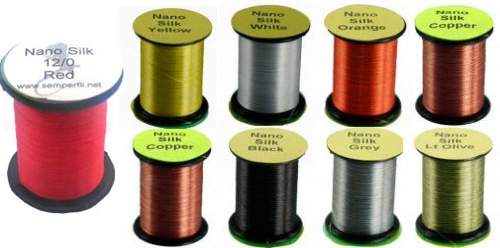Evolution of Fly Fishing: 8
 Last time we spoke about more rigid attitudes about what was and was not correct in fly fishing. But Scandinavia and the United States, definitions were not so rigid and both we and dry techniques were simply adapted to the conditions in each country.
Last time we spoke about more rigid attitudes about what was and was not correct in fly fishing. But Scandinavia and the United States, definitions were not so rigid and both we and dry techniques were simply adapted to the conditions in each country.
In Scandanavia silk replaced horse hair lines and were heavy enough to be cast in the modern style. The introduction of new woods to the manufacture of fly rods, first greenheart and then bamboo, meant that an angler could cast flies into the wind on silk lines. But these early lines proved troublesome: they had to be coated with dressings to make them float and taken off the reel and dried every four hours to stop them becoming waterlogged.
American rod builders developed superior techniques for making bamboo rods: thin strips were cut from the cane, milled into shape, and then glued together to form light, strong, hexagonal rods with a solid core. Fly reels also improved. Initially they were mechanically simple, a storage place for the fly line and backing.To tire a fish out, anglers only had to apply hand pressure (“palming”) to the rim of the revolving spool. Indeed, many superb modern reels still use this simple design.
In the USA, fly fishermen are thought to be the first anglers to have used artificial lures to catch bass. They used fly patterns and tackle designed for trout and salmon to catch largemouth and smallmouth bass, and eventually began to adapt these patterns into specific bass flies. Anglers fly fishing for bass developed the lure still used to this day: the spinner/fly lure and bass popper fly.



















